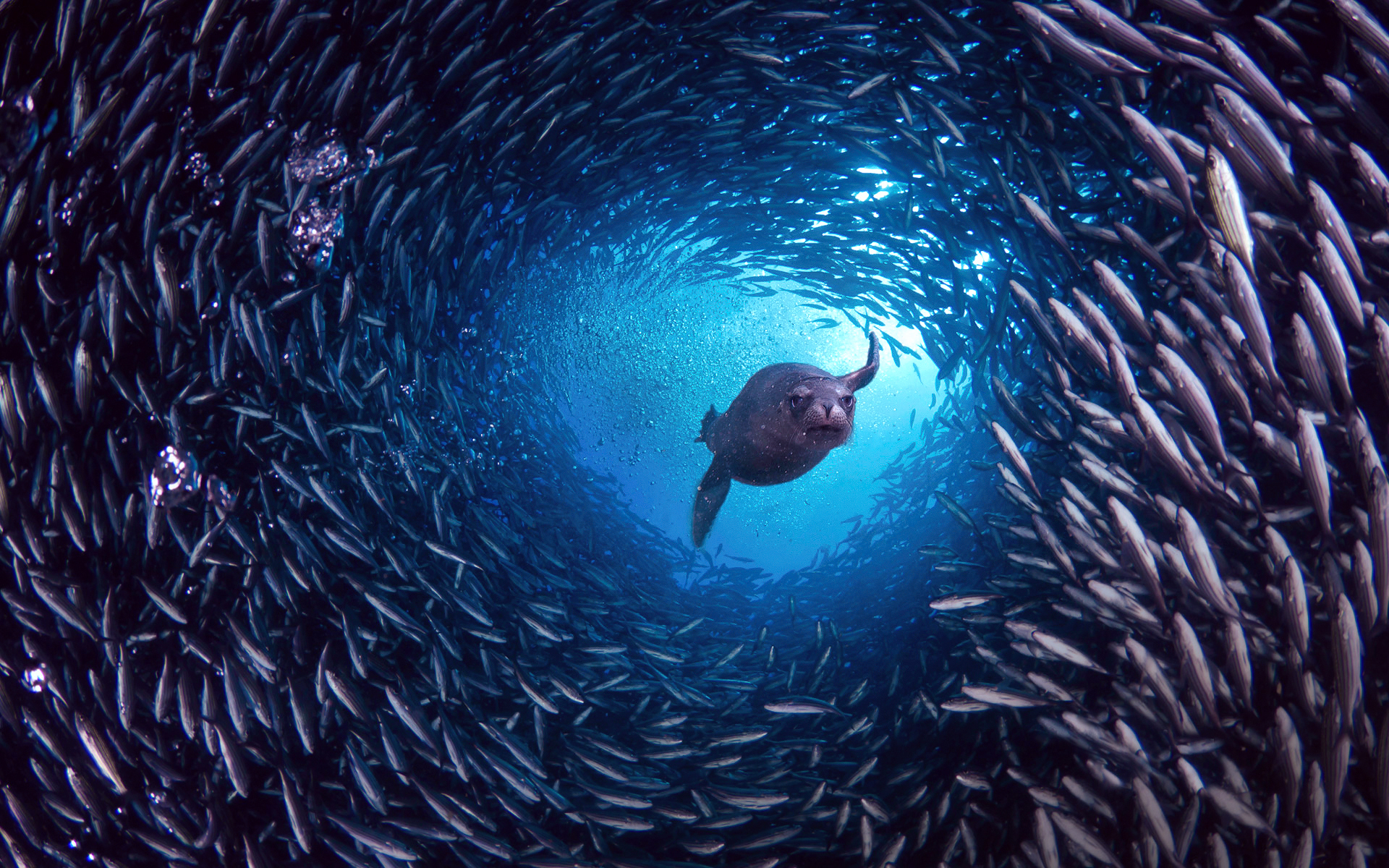
A school of fish, a swarm of insects and flocks of birds. New research shows that at its most basic level, this group behavior forms a new kind of active matter called the vortex state.
Newton's second law of motion, which states that as the force applied to an object increases, its acceleration increases, and as the object's mass increases, its acceleration decreases - applies to passive, inanimate matter, from atoms to planets.
“But most of the matter in the world is active matter and moves under the influence of its own, self-directed force,” says Nikolai Brilliantov, a mathematician at the Skolkovo Institute of Science and Technology in Russia and the University of Leicester in England . “Living things as diverse as bacteria, birds and humans can interact with the forces acting on them.
There are also examples of inanimate active matter. The nanoparticles, known as "Janus particles", are composed of two sides with different chemical properties. The interaction between the two sides creates self-propelled movement .
To investigate active matter, Brilliantov and colleagues used a computer to simulate particles that could move on their own. These particles did not deliberately interact with the environment, Diamonds told Live Science. Rather, they were more like simple bacteria or nanoparticles with internal energy sources but no information processing capabilities.
The first surprise was that this active matter behaves very differently from the passive one. According to Brilliantov, different states of passive matter can coexist. For example, a glass of liquid water can gradually evaporate into a gaseous state, but liquid water remains. Active matter, on the other hand, did not coexist in different phases; everything was solid, or liquid or gaseous.
The particles also grouped into large conglomerates or quasiparticles, which formed a circular pattern around the empty center, a sort of swirling swirl of sardines. The researchers called these conglomerates of particles "vortex", and the new state of matter they formed, "vortex state."
In this vortex state, the particles displayed strange behavior. For example, they violated Newton's second law: when a force was applied to them, they did not accelerate.
“[They] just move at a constant speed, which is absolutely amazing,” said Brillianty.
According to him, the simulation was basic, and experimental work with a real active substance is the next important step. Brillianty and his colleagues also plan to carry out more sophisticated simulations using active substance particles that can process information. They will resemble more insects and animals and will help uncover the physical laws governing the movement of fish schools or the swarming of insects. According to Brilliantov, ultimately the goal is to create self-assembling materials from the active substance, which makes it important to understand the phases of this kind of matter.
“It is very important that we see the nature of the active substance”, which is much richer than the nature of the passive substance, - he summed up.
Details of the study were published in Scientific Reports.